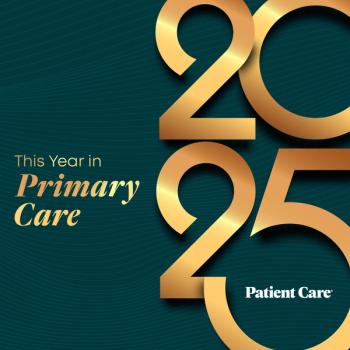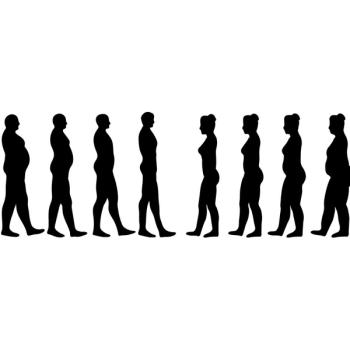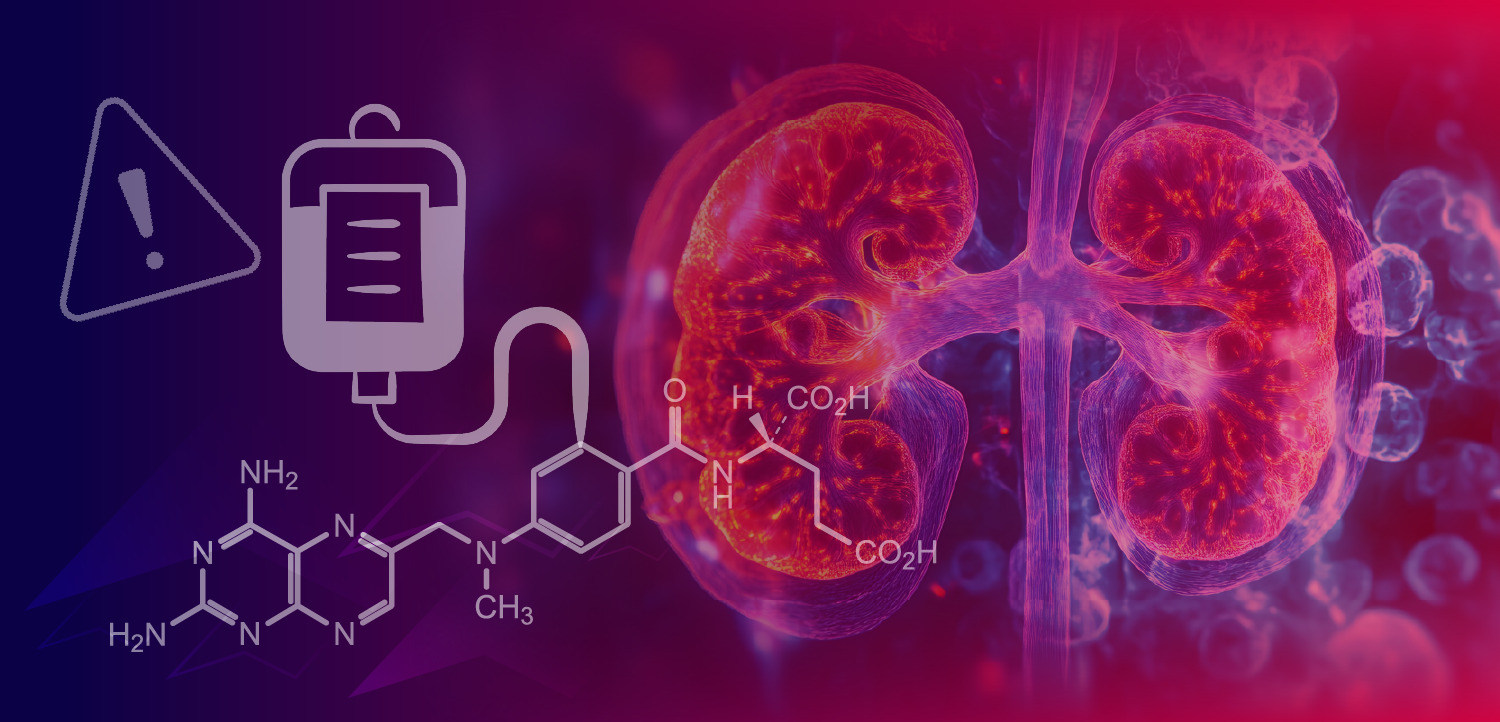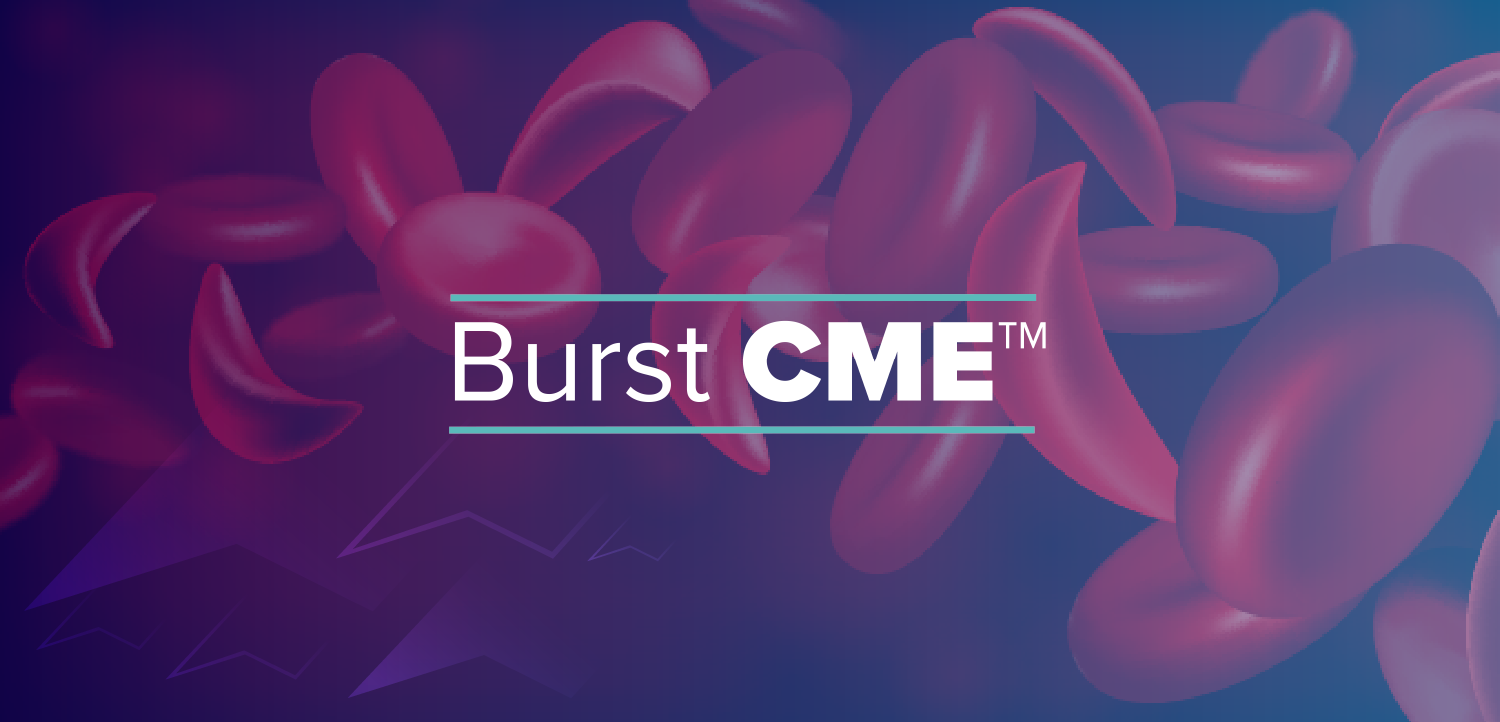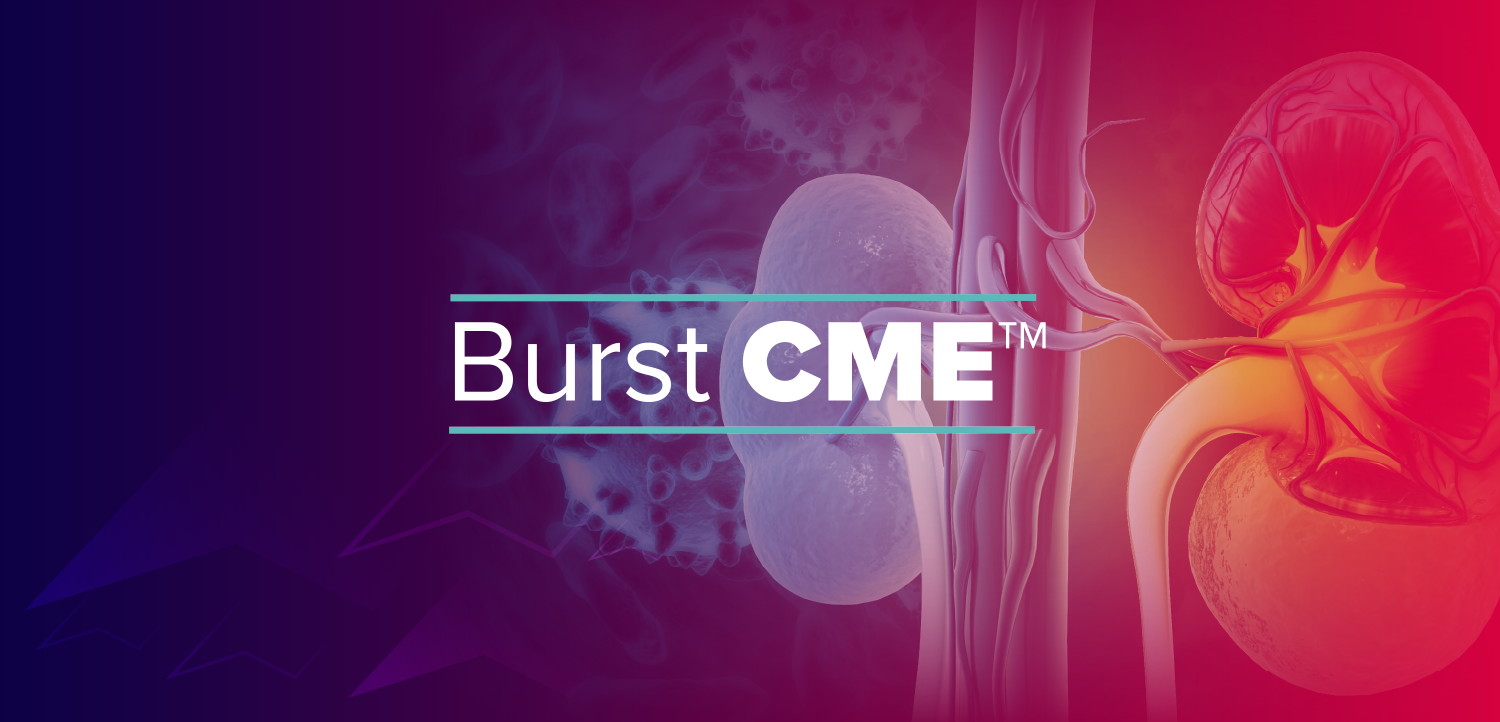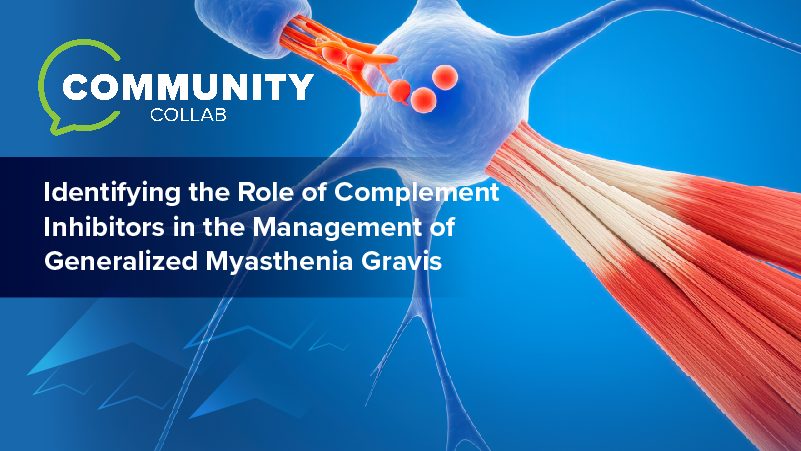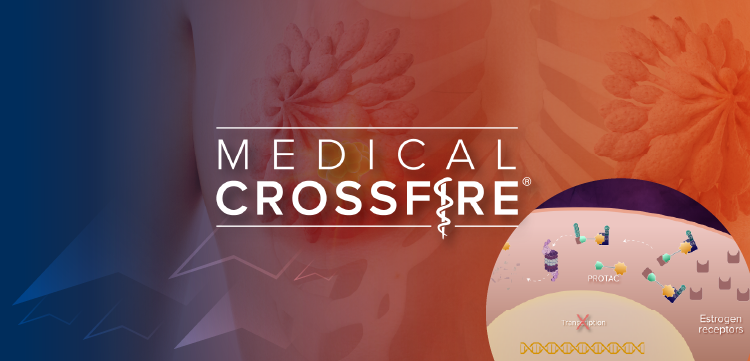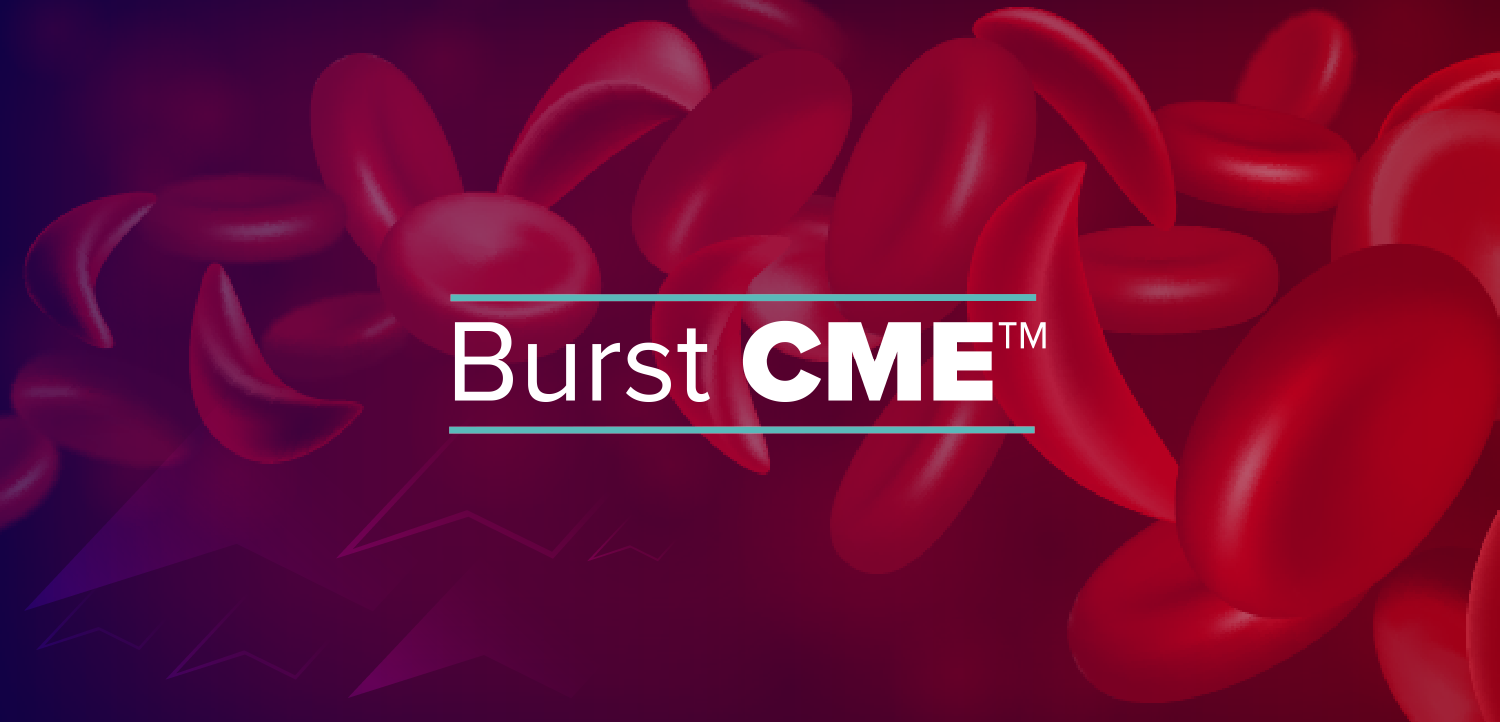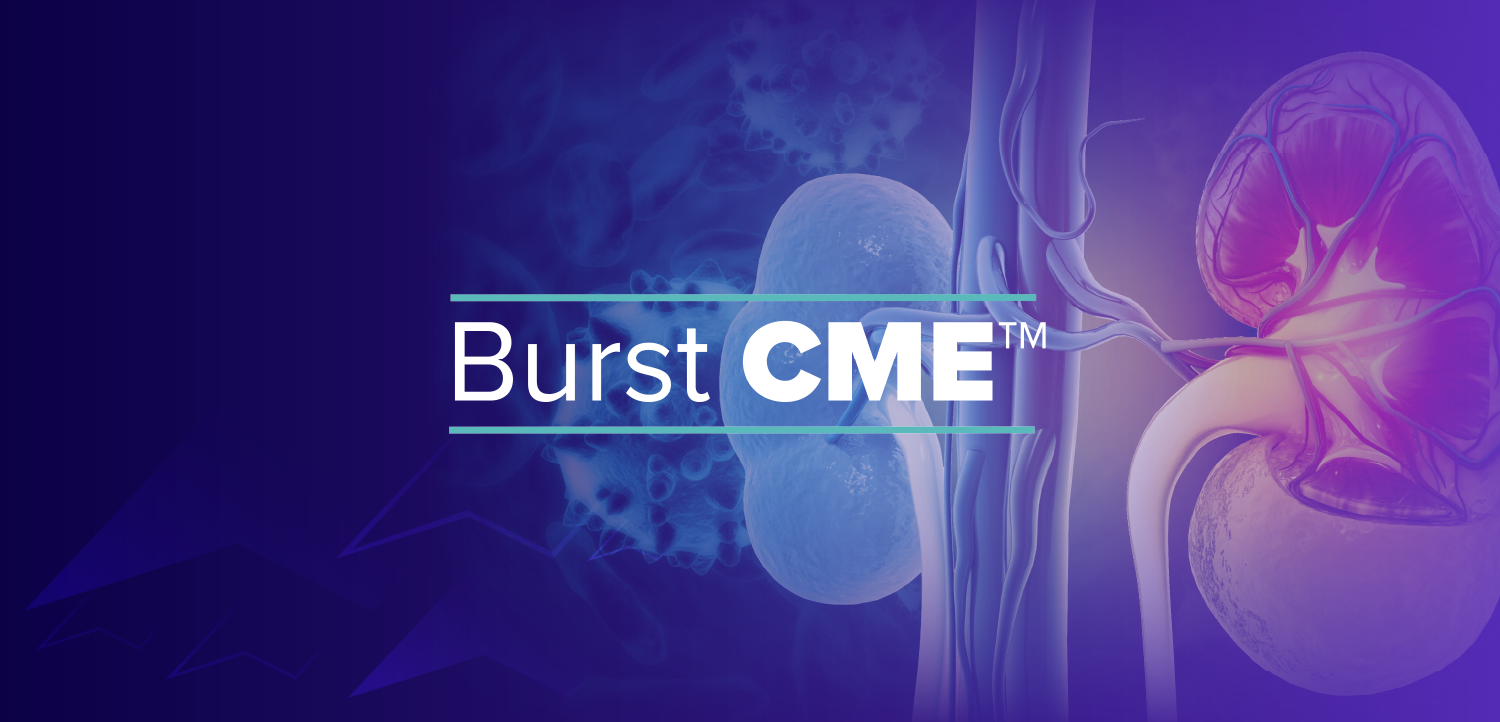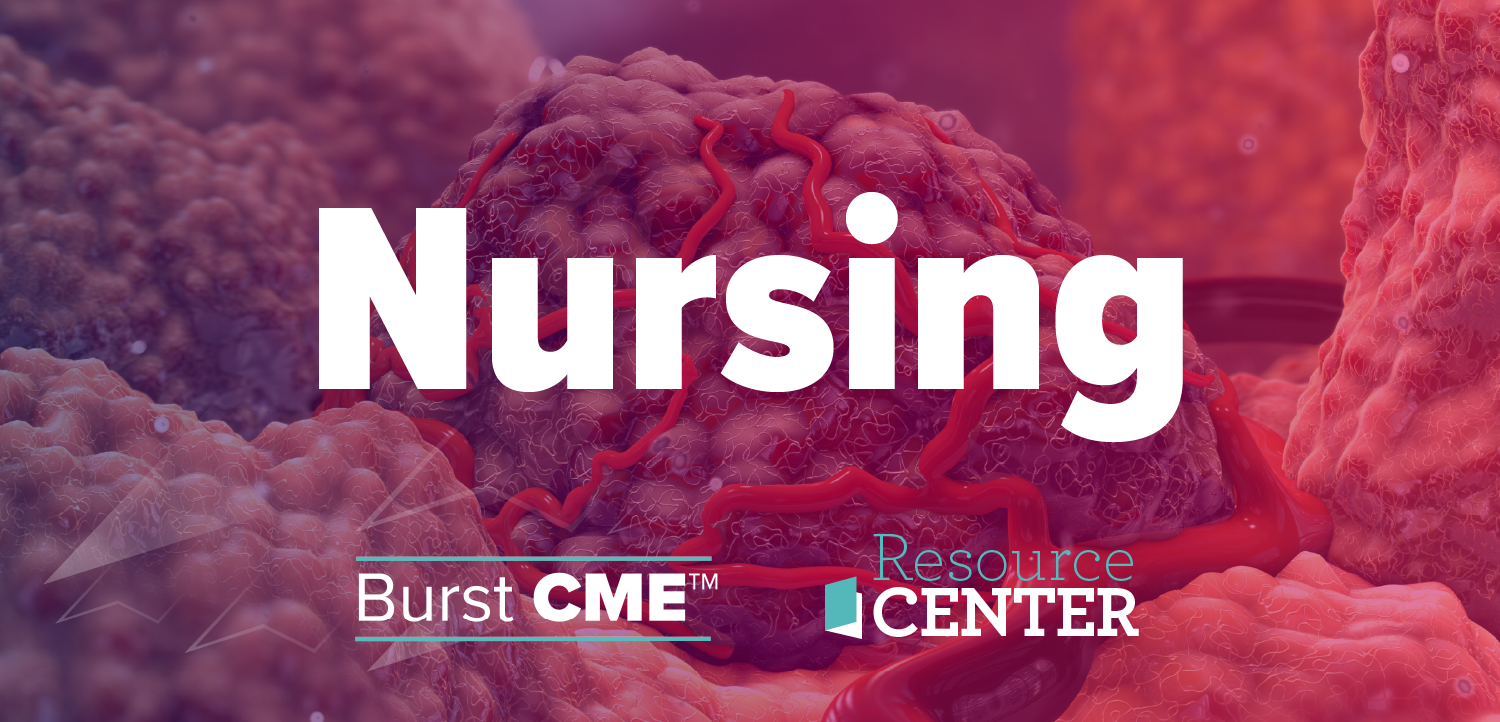
News|Articles|January 12, 2024
Daily Dose: High BMI in Adolescence Linked to CKD in Young Adulthood
Author(s)Sydney Jennings
Your daily dose of the clinical news you may have missed.
Advertisement
Patient Care brings primary care clinicians a lot of medical news every day—it’s easy to miss an important study. The Daily Dose provides a concise summary of one of the website's leading stories you may not have seen.
Last week, we reported on findings from a study published in JAMA Pediatrics that examined the association between adolescent body mass index (BMI) and early chronic kidney disease (CKD) in young adulthood.
The study
Researchers retrospectively analyzed data on 593 660 Israeli adolescents (mean age at study entry, 17.2 years; 54.5% men) aged 16 to 20 years who were born after January 1, 1975, who had medical assessments for mandatory military service. Persons with kidney pathology, albuminuria, hypertension (HTN), dysglycemia, or missing blood pressure or BMI data were excluded.
The main study outcome was a diagnosis of early CKD—defined for the purpose of the study as stage 1 to 2 CKD by moderately or severely increased albuminuria—measured as an estimated glomerular filtration rate of ≥60 mL/min/1.73 m2.
The findings
During a mean follow-up of 13.4 years, 1963 (0.3%) adolescents developed early CKD.
Among men, researchers found that the risk for developing CKD increased the most among adolescents with severe obesity (adjusted hazard ratio [aHR] 9.4, 95% CI, 6.6-13.5), followed by those with mild obesity (aHR 6.7, 95% CI 5.4-8.4), overweight (aHR 4, 95% CI 3.3-5.0) and high-normal BMI (aHR 1.8, 95% CI 1.5-2.2).
Results were similar when the cohort was limited to participants who were seemingly healthy, those surveyed up to 30 years, or those who were free of diabetes and HTN at the end of the follow-up period.
Authors' comment
“Our results underscore the long-term sequelae of adolescent obesity, which may be well evident by the late third or early fourth decades of life, even among persons with high-normal BMI in adolescence and without other apparent risk factors for CKD."
Newsletter
Enhance your clinical practice with the Patient Care newsletter, offering the latest evidence-based guidelines, diagnostic insights, and treatment strategies for primary care physicians.
Advertisement
Latest CME
Advertisement
Advertisement
Trending on Patient Care Online
1
This Year in Primary Care: 10 Critical Updates in 2025
2
Advancing Early Detection and Equitable Access in Alzheimer Disease Care
3
FDA Approves Abbott Volt Pulsed Field Ablation System for Treatment of Atrial Fibrillation
4
FDA Approves First Oral GLP-1 Receptor Agonist for Chronic Weight Management
5

